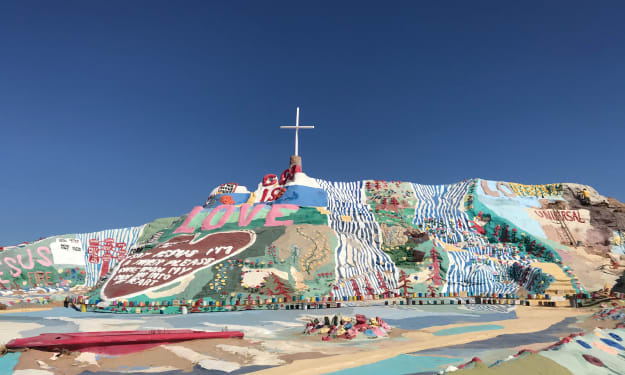
In the realm of Iceland's rich historical narrative, it becomes evident that this nation, with its origins dating back to 930 AD and an enduring human presence throughout the centuries, possesses relatively few notable historical structures when compared to other European counterparts. While many European countries boast ancient castles and ruins that whisper tales of times long past, Iceland's architectural landscape stands in stark contrast, characterized by the absence of edifices predating the 19th century.
This architectural peculiarity finds its roots in a fascinating confluence of factors that distinctly define Iceland's historical backdrop. A pivotal factor in this narrative is the prevailing concept that a significant proportion of Iceland's buildings were intentionally crafted with a transient nature in mind. This distinctive approach stemmed from a necessity born of the island's unforgiving and unpredictable climate, coupled with challenges like limited access to suitable construction materials, a notable dearth of infrastructure, and the economic hardships faced by its populace. Consequently, the early settlers of Iceland were compelled to exercise their inventive prowess and resourcefulness in the creation of their homes, giving rise to the distinctive architectural marvel known as the Icelandic turf house.
Over the course of more than a millennium, these turf houses, also colloquially referred to as "turf by air," have left an indelible mark on the Icelandic landscape, standing as enduring testaments to the nation's architectural heritage. They occupied a central role in Icelandic housing, serving as the predominant dwelling style for its inhabitants until the early 20th century. Crafted from locally sourced materials, including turf, stone, and wood, these ingenious structures were meticulously designed to withstand Iceland's harsh climate while providing warm and sustainable shelters for their residents.

The construction of turf houses epitomized resourcefulness, making use of readily available materials and a shrewd architectural approach that harnessed the natural insulating properties of turf. The walls of these houses typically combined stones with carefully cut turf blocks, artfully arranged in a herringbone pattern, resulting in robust and exceptionally well-insulated structures capable of enduring the island's relentless winds and freezing temperatures. The roofs, in turn, featured wooden beams enveloped by layers of turf, adding extra insulation and a formidable defense against the elements.
Internally, the layout of turf houses was thoughtfully pragmatic, centered around a communal living area where cooking, dining, and sleeping were shared activities. Smaller chambers, often reserved for storage or private quarters, were situated adjacent to this primary living space. The design of turf houses was profoundly influenced by the imperative to conserve heat, reflected in the form of small windows and a central hearth. This hearth served not only as a source of warmth but also as the primary light source during the long, dark Icelandic winters.
The enduring allure of turf houses is found in their harmonious integration with Iceland's natural landscape, their eco-conscious construction techniques, and their embodiment of Icelandic resilience and ingenuity. In an era marked by growing interest in sustainable and traditional building methods, Iceland's turf houses stand as an inspiring testament to an environmentally friendly approach to housing that remains profoundly relevant in the modern age.

These architectural remnants are invaluable artifacts that offer a poignant glimpse into Iceland's bygone eras, a time preceding its transformation into the bustling modern tourist destination that it is today. For historians, these sites are indispensable chapters in Iceland's intricate narrative, while for local residents, they serve as poignant reminders of their forebears' unwavering tenacity in the face of formidable challenges.
To curious travelers, turf houses present remarkable gateways to explore the rich history and vibrant culture of this nation. It is a common trend for visitors to prioritize Iceland's breathtaking natural wonders, sometimes overlooking the equally compelling yet lesser-known historical dimension. Yet, it is during a visit to one of these well-preserved historic turf houses that the essence of Iceland's past comes alive, emphasizing why bypassing this facet in favor of nature alone would be a significant oversight.






Comments
There are no comments for this story
Be the first to respond and start the conversation.